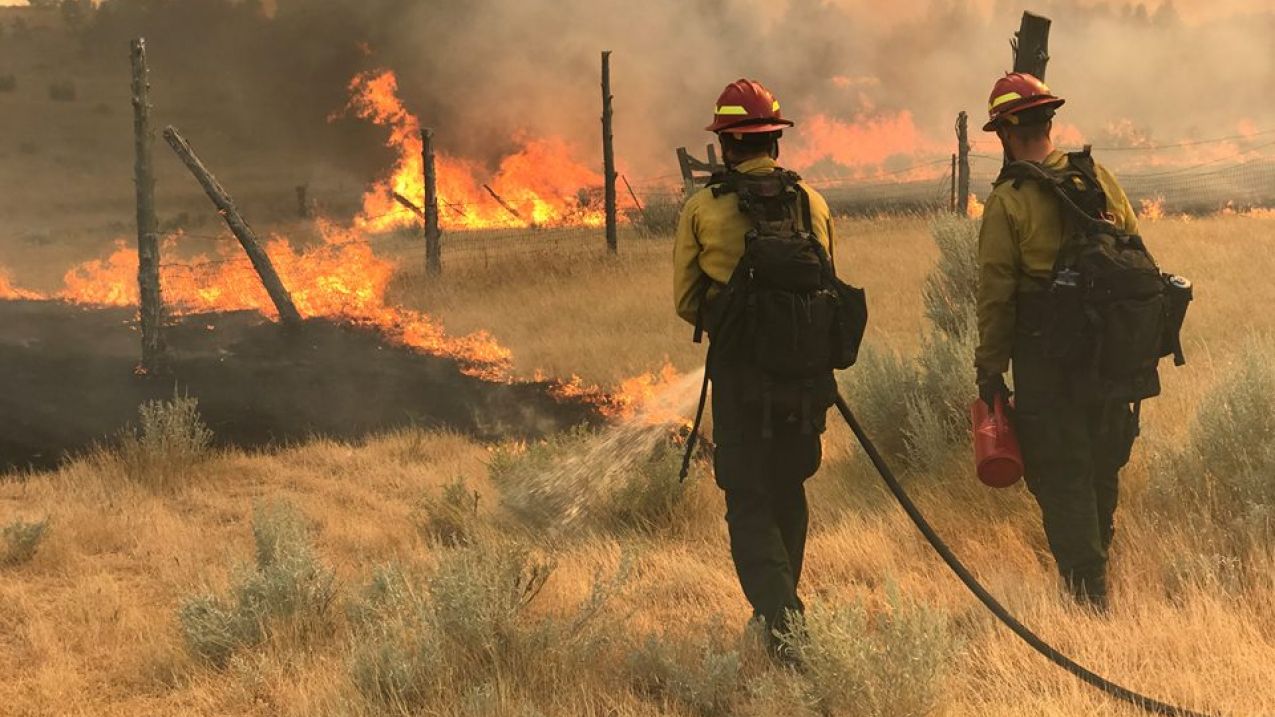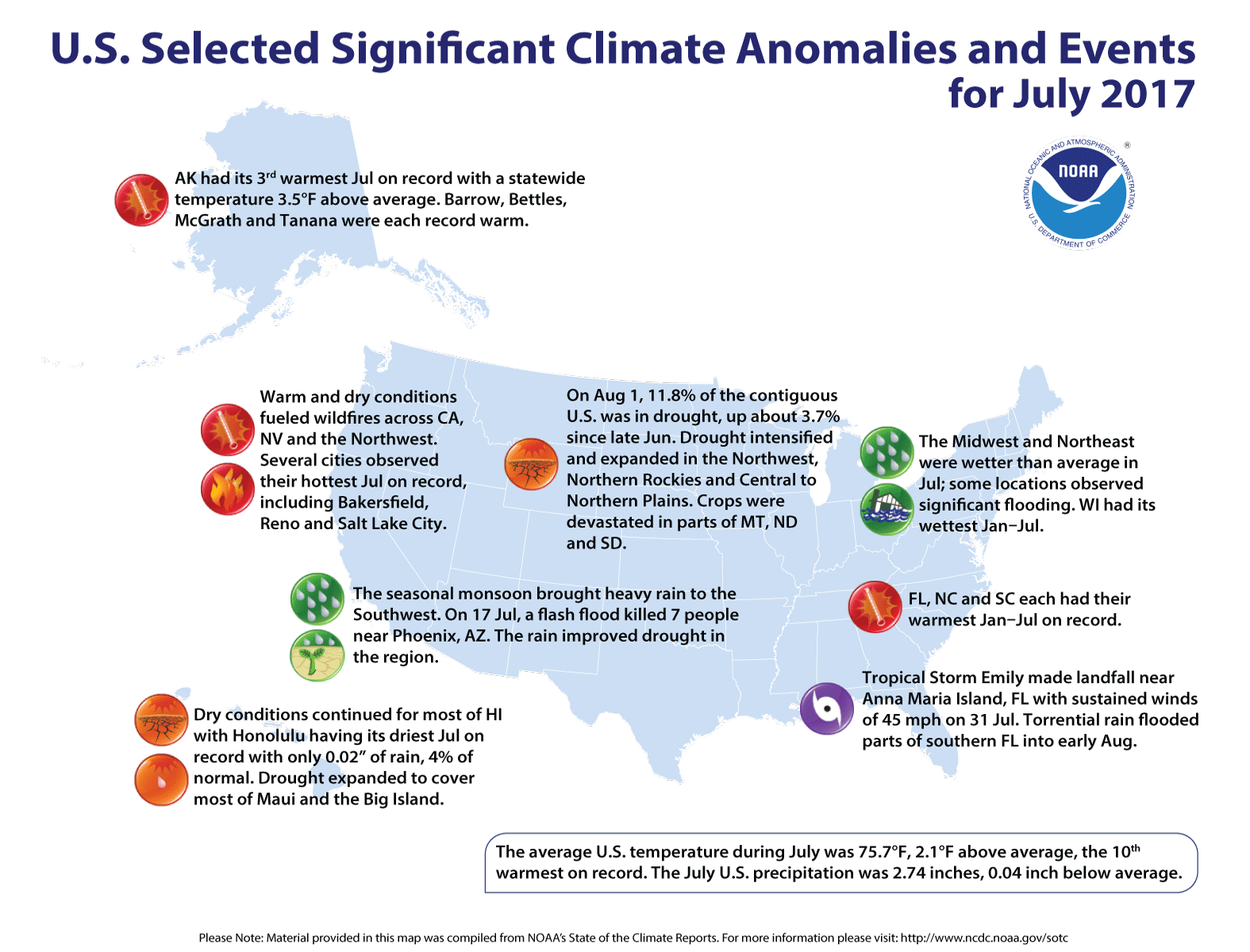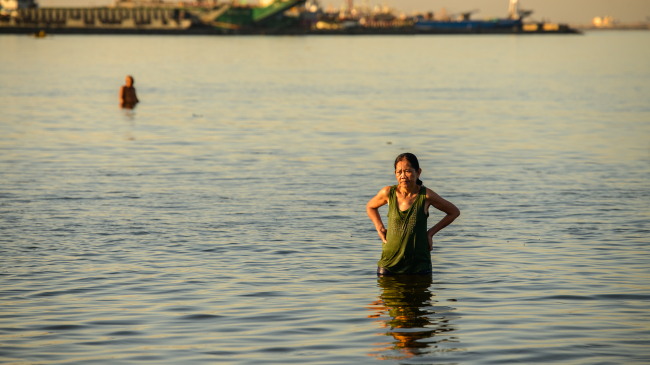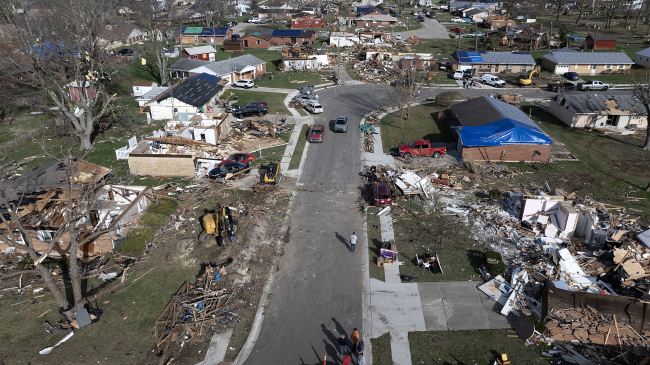Northern Plains drought intensified, wildfires raged in the West, and floods affected the Midwest and Northeast
July is the hallmark of summer in the United States. Long days, intense sun and high humidity typically make it the hottest month of the year. The heat can also trigger flash droughts, wildfires and summer storms. This July didn’t disappoint.

In July, Montana experienced it’s largest wildfire since 1910. At 271,000 acres, the Lodgepole Complex fire in the eastern part of the state was fueled by extreme drought conditions, dry lightning, increased wind and low relative humidity. The previous largest fire in the area was 135,000 acres in 2006. (Image credit: Bureau of Land Management, Dept. of Interior)
Here’s how July and the year to date fared in terms of the climate record:
Climate by the numbers
July 2017
Last month, the average contiguous U.S. temperature was 75.7 degrees F, 2.1 degrees above the 20th-century average. This was the 10th warmest July in the 123-year period of record, according to scientists from NOAA’s National Centers for Environmental Information. Much above-average temperatures were observed across the West and in parts of the Mid-Atlantic and Southeast.
The average precipitation total for July was 2.74 inches, 0.04 inch below the 20th-century average, and ranked near the middle of the record. Above-average precipitation in the Southwest, Midwest, and Northeast offset below-average precipitation in the Northwest and Northern Plains.
The year to date
The year-to-date (January 2017 through July) average temperature was 54.5 degrees F, 3.2 degrees above the 20th-century average. This was the second warmest for this period on record, 1.2 degrees cooler than 2012. The year-to-date precipitation total for the Lower 48 states was 20.68 inches, 2.59 inches above average. This ranked as the seventh wettest for this period on record.

More notable climate events
-
Emily makes landfall in Florida: On July 31, Tropical Storm Emily developed rapidly and made landfall near Anna Maria Island, Florida with winds of 45 miles per hour. The storm dropped heavy rain and caused flooding in parts of South Florida.
-
Searing heat felt across the nation: Several cities observed their hottest July on record, including Miami; Bakersfield, California; Reno, Nevada; and Salt Lake City. The heat fueled wildfires in California, Nevada and the Pacific Northwest.
-
Alaska continues to bake: Alaska had its third warmest July on record. Central and northern areas of the state were record warm including Barrow, Bettles, McGrath, and Tanana.
-
Soggy summer for the Midwest, Northeast: The Midwest and Northeast were wetter than average in July, and some locations observed significant flooding. Wisconsin had its wettest January to July on record.
-
Drought worsens in northern Plains and Hawaii: According to the August 1 U.S. Drought Monitor report, 11.8 percent of the contiguous U.S. was in drought, up about 3.7 percent compared to the end of June. Drought intensified and expanded in the Northwest, Northern Rockies and Central to Northern Plains. In Hawaii, dry conditions continued for most of the state, with Honolulu having its driest July on record with only 0.02 inches of rain.
Find NOAA’s report and download images by visiting the NCEI website. Also, see an interactive map showing the history of the hottest summer days at thousands of locations across the U.S.
Media contacts
Brady Phillips, 202-407-1298
John Leslie, 301-713-7331



